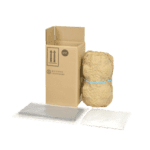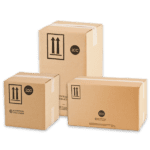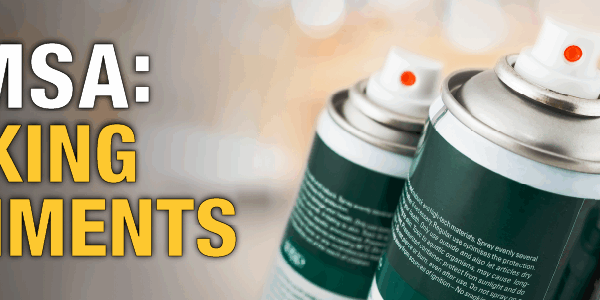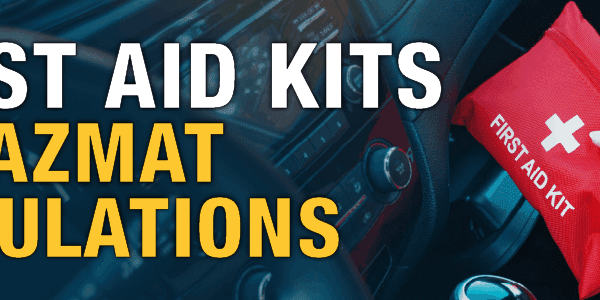 Leakproofness Test for Single Packaging
Leakproofness Test for Single Packaging
Not all tests are required for all UN packaging. For example, a hydrostatic pressure test isn’t a requirement for single packaging tested for solid materials, and cobb testing is not a requirement for a steel drum. There are certain tests that are specifically meant for specific UN packaging. In the case of Leakproofness testing, the various dangerous goods regulations are pretty much in unison in terms of when it is required and how it should be performed.
What is Leakproofness testing?
The purpose of leakproofness testing is exactly what it sounds like, it is designed to make sure there are no leaks in a UN packaging. The packaging is fully restrained underwater while an internal air pressure is applied to it for a minimum time of five minutes. An internal air pressure gauge is used, and the amount of air pressure applied depends on the packing group of the UN packaging. For Packing Group I not less than 30 kPa (4 psi), packing Group II not less than 20 kPa (3 psi), and packing Group III not less than 20 kPa (3 psi) of air must be applied to the packaging. In order to receive a passing grade, the packaging cannot show any signs of leaking air while underwater.
When is this Required for a UN Packaging?
The leakproofness test must be performed on all types of packaging intended to contain liquids. However, this test is not required for the inner packages of combination packaging as referenced in IATA per 6.3.4 and TP24850 7.7. So, if you have a UN rated single packaging, such as a drum or a jerrican tested for liquids, the leakproofness test is required. But if you have a 4G combination package containing paint cans for example, the leakproofness test is not required on the inner packaging. The 49CFR says the same thing at 178.604, but takes it a step further as it mentions that this test is also required for the inner receptacle of a composite (wine in box style) packaging as well. The IMDG Code at 6.1.1.2.2 also states that the leakproofness test is required for packaging intended to contain liquids before a packaging’s first use, but also mentions the requirement after remanufacturing, reconditioning, and re-use as well. The re-use requirement is similar to 173.28 (b) (2) in the 49CFR which requires the leakproofness test to be performed for re-use of certain non-bulk packaging. If you have a need for single packaging that has been UN tested with all of the required tests, contact contact our team of experts at 855.734.5469 or send us an email, we’re happy to help. Do you have questions about UN Packaging? Take a look at our UN Packaging FAQ.
Stay up to date and sign up for our newsletter!
We have all the products, services and training you need to ensure your staff is properly trained and informed.
 Lithium Battery Shipping Kit Lithium Battery Shipping Kit |
 4GV UN Variation Boxes 4GV UN Variation Boxes |






